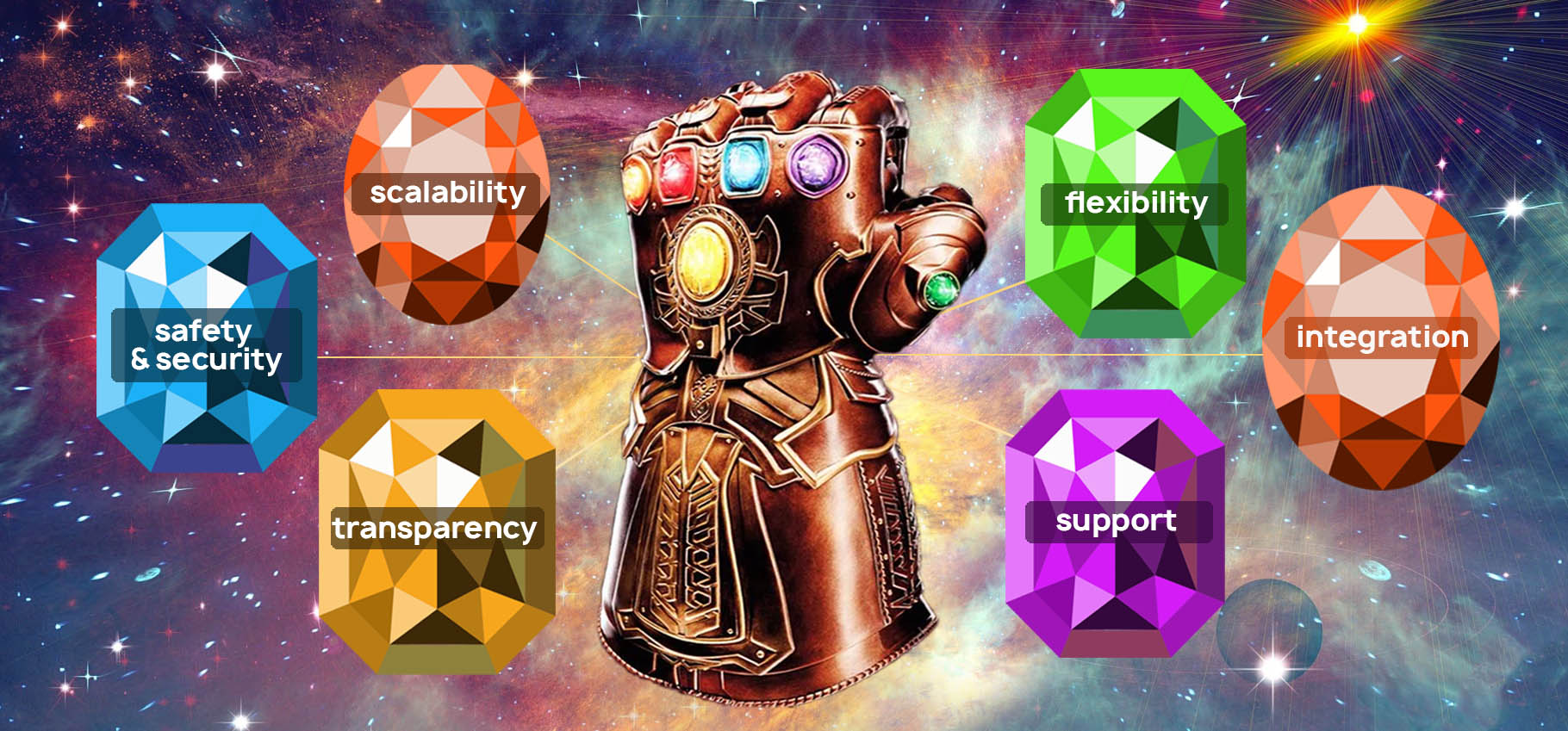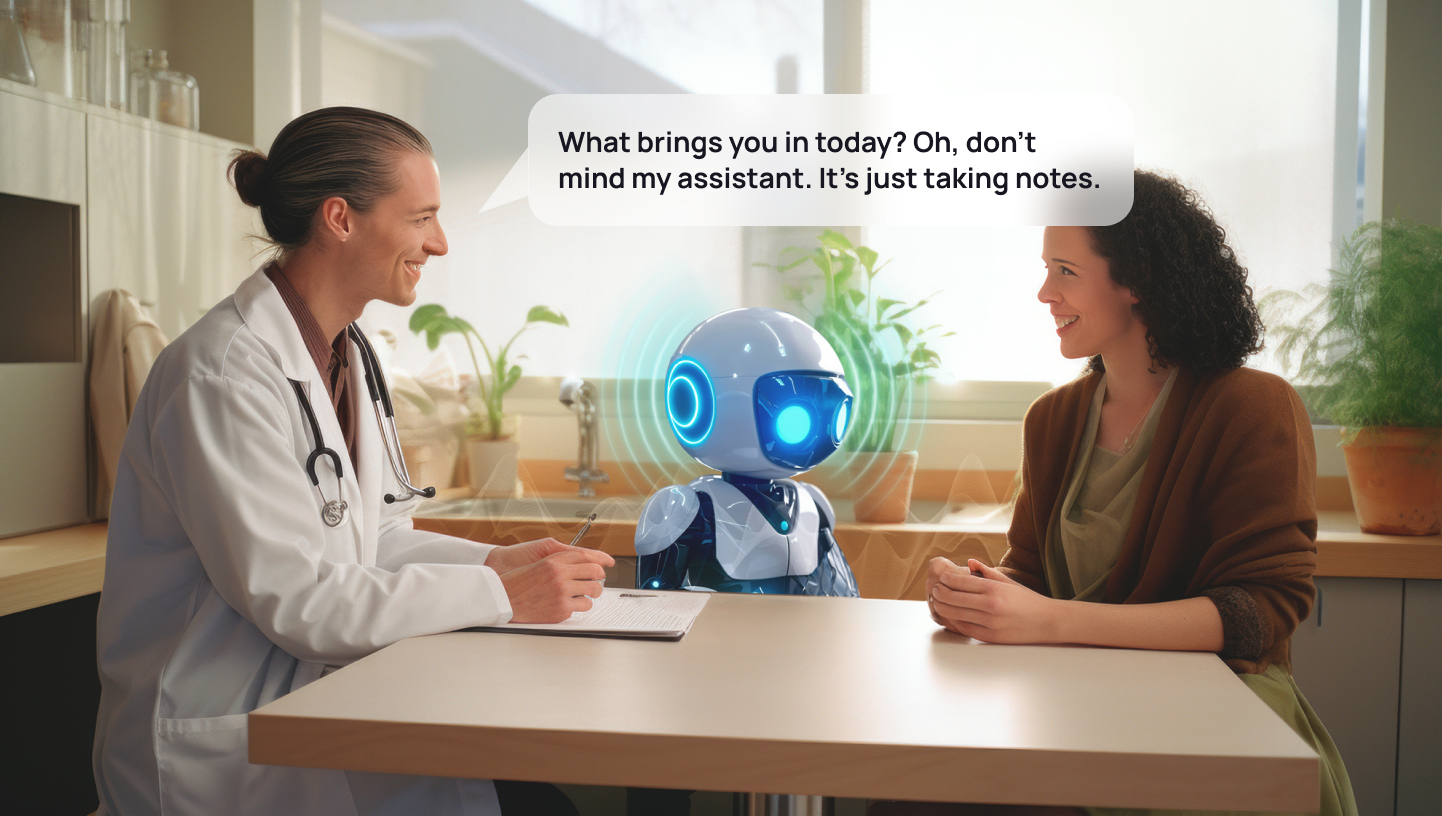How Banking Chatbots are Transforming the Fintech Industry

Digital banking has fairly low switching costs: if customers aren’t getting the service or experience they want from one bank, it doesn’t take long to find and sign up for a different one. Providing good service and connecting with users is vital to keeping them loyal, and bots can be an interactive, engaging way to achieve those goals. Whether banking chatbots are making sign-up easier, cutting down on-hold times, or acting as personal financial advisors, conversational interfaces with interesting voices and helpful functions can serve as a way to keep the user experience smooth and engaging.
We asked some of the industry experts to share their insights about how exactly banking chatbots are transforming the Fintech industry right now, and below are some of the key moments they identified.

Digital Banking Consultant for Fidor Bank AG

Senior Global Industry Strategist of Financial Services at OpenText

Organizer and Host of The Banking Scene Afterwork

Business Development Manager at EXCEL Federal Credit Union

Head of International Partnerships at Dateio

CX and UX consultant, strategic researcher, and content creator at Digital Magss
Reducing friction in customer service

Good user experiences are almost unnoticeable since there’s no friction causing people to stop and think about what’s going on. Long hold times, unintuitive interfaces, confusing terminology, and a thousand other things can make an otherwise smooth experience unpleasant very quickly, however. It’s a bit like noticing a few misspelled words in an otherwise grammatical paragraph — you just get the feeling that something’s not right.
Rik Coeckelbergs, founder and CEO of The Banking Scene, thinks high-quality financial chatbots will help contribute to more frictionless customer experiences. “On the condition that a chatbot is very well-trained, he says,” a bank can improve customer interaction.” They provide a better customer experience by “tailoring their services to the customer demands.” Coeckelbergs adds, “a 100% rational, unbiased machine does not get offended by an angry or rude customer. Plus, irritated people may provide shorter answers, which can be hard to interpret. For machines, that is less of a problem.”
Banking chatbots don’t have to be perfect customer service reps, though they can also help reduce friction simply by pointing customers in the right direction. “I believe chatbots can be effective but for general information about the financial institution. This would include hours of operation and who to contact in a specific department”, says Larry Benator.
Making service more accessible and convenient

As desirable as the human element is in many parts of customer service, there are definitely times when users would actually choose to contact machines. As Monica Hovsepian, Senior Global Industry Strategist of Financial Services at OpenText, says, “Many customers prefer not to go to the branch. At times customers don’t have the time to navigate through the website trying to find answers. Many do not want to speak with an agent if they do not have to.”
Users don’t have to worry about wasting a bot’s time on a trivial query, don’t have to set aside a block of time to be on hold, and can continue the conversation at their leisure, making bots a much more user-friendly way to get answers.
An Accenture study found that 64% of people choose messages over emails and calls for their brand interactions, making it the generally preferred form of contacting companies. This translates directly to banking, as Hovsepian points to a survey by Humley, an AI vendor, which found “that 43% of digital banking customers preferred to use a banking chatbot to address an issue with their bank (compared with 35% preferring a branch visit and 64% preferring a phone call).”
It’s important to look at who exactly is open to using chatbots in the banking industry, though. As Meaghan Johnson says, “banks need to know who they are marketing their services/products to, and will that group embrace chatbots, or prefer talking to a human being?”
Simon Koci thinks that banking chatbots will be most popular among “younger, more tech-savvy people. Perhaps Gen Y People who want to solve problems fast and do not care about the level of service.”
Germain Bahri, Digital Banking Consultant at Fidor Bank AG, points out that conversational interfaces are growing in popularity across a variety of demographics. “Gen Z, Millennials, yes, but not only them: many digital-savvy customers between age 30-45.”
A study conducted by Drift has actually found that Baby Boomers value chatbots more than millennials based on the potential benefits. They were only slightly less likely to say that chatbots weren’t friendly and approachable.
On the other hand, Johnson isn’t sure people are ready for banking chatbots and vice versa: “I would think the financial institutions customers would be hesitant to deal with chatbots when it comes to their accounts,” she says. “I do not think chatbots have the AI to be able to fully understand the individual’s specific questions or concerns about their account.” Benator agrees, saying, “I would think the financial institution’s customers would be hesitant to deal with a chatbot when it comes to their accounts. I do not think chatbots have the AI to be able to fully understand the individual’s specific questions or concerns about their account.”
Making the experience more personal

A SalesForce survey found that 57% of online consumers are willing to share personal information with brands to get relevant deals. With analytics tools growing ever more sophisticated, matching users with what they need and want has never been easier. “If designed and implemented properly, banking chatbots can help provide customers with personalized recommendations and offers. This can be a powerful addition to a traditional website experience, increasing the interactivity and helping augment a digital-first customer journey,” says Hovsepian.
Coeckelbergs agrees. Chatbots can “do all the service work to get to know customers better and improve financial services on a more personal level. They can complete customers’ profiles and help customers who have difficulties with finding the right product or with adapting to a certain service.” Machine learning can help predict what users are looking for or need to know, and chatbots can deliver that information via a medium that users regularly engage with and in an engaging conversational format.
Chatbot conversations are also a gold mine for text analysis, yielding additional data about user preferences and sentiments. Both their manual inputs and the pattern of their navigation through a conversation tree can be used to anticipate their requests and act on them before the user needs to state them. “That’s where I do see opportunities for chatbots, Coeckelbergs says, “especially when it comes in an integrated way, towards anticipating answers.”
Chatbots as personal financial advisors

With Robo-advisors and AI continuing to grow in prominence in the world of investing and finance, it’s getting less and less difficult to imagine AI acting as a personal financial advisor. Indeed, as Bahri points out, they’re already moving into that space: “See the Fidor bank chatbot (powered by Finn.AI and Fidor Solutions), already providing the first level of recommended products and information.” Other examples include Charlie, Olivia, Plum, and other bots that connect to financial accounts and provide personalized advice and recommendations generated by AI.
AI-powered financial advisors are a low-cost way for people to analyze their finances, identify strategies, and track their progress, and paired with chatbots, they can provide quick feedback and engaging advice. Using personalized insights generated by applying machine learning to user transactions and interactions, advisor chatbots can quickly communicate highly personalized alerts and tips based on customer behavior, and that’s where Koci sees the value. “I think this is a really cool feature,” he says, “But it must be reliable for the clients and needs to be well customized. For example: If I’m spending my money on a Netflix subscription, it would be great for the chatbot to say to me, ‘Hey, I have a cool, cheaper option that will save you $5 a month.’”
Be that as it may, Benator is skeptical: “I do not see this functioning too well,” he says, “As far as financial advisors, I think people still want to talk to a human when dealing with their finances.” Indeed, AI financial advisors will probably never replace human financial advisors, but they will probably grow into an effective complement. Not only can they provide continuous feedback and attention, but evidence suggests that humans are willing to be more honest with a robot than they are with other humans because they don’t fear judgment or potentially poor ethics.
And while the technology and adoption may still be in the very early stages, Hovsepian believes that “as investors become more comfortable with Robo-advisors and automated investment guidance and recommendations, chatbots may be a greater part of an overall digital investment experience.”
AI financial advisors integrated into banking chatbots and systems can also serve as guides towards relevant financial products. As Bahri says, “Chatbots will evolve into smart virtual assistants, providing personalized and contextual advice about not only the bank’s proprietary products but also those within its ecosystem of partners.”





